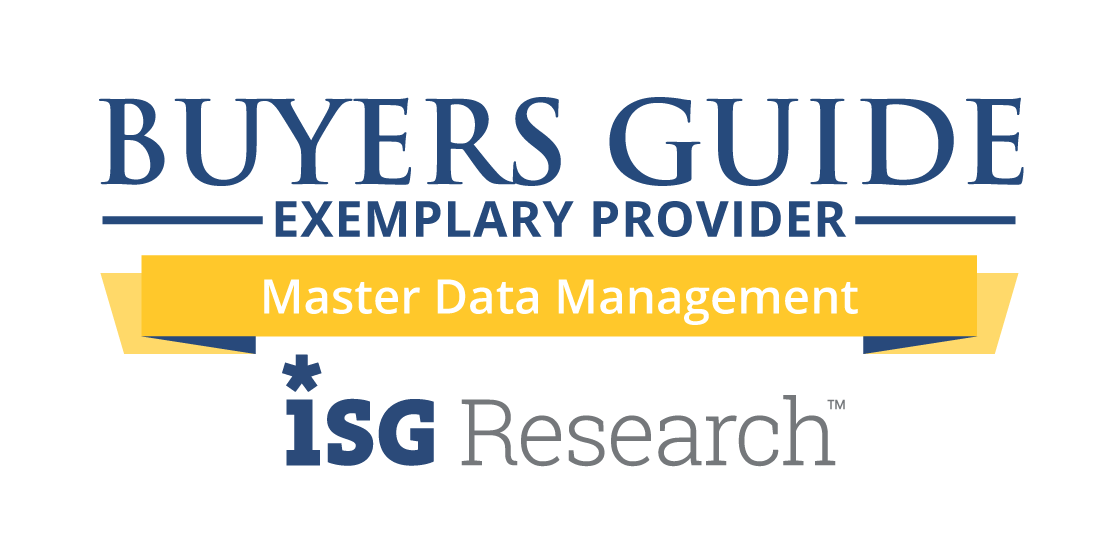Stibo Systems Named a Leader in The Forrester Wave™: Master Data Management Solutions, Q2 2025 report
We believe this recognition highlights our commitment to delivering scalable MDM solutions, driving data transparency, and empowering confident business decisions.
Explore the report











